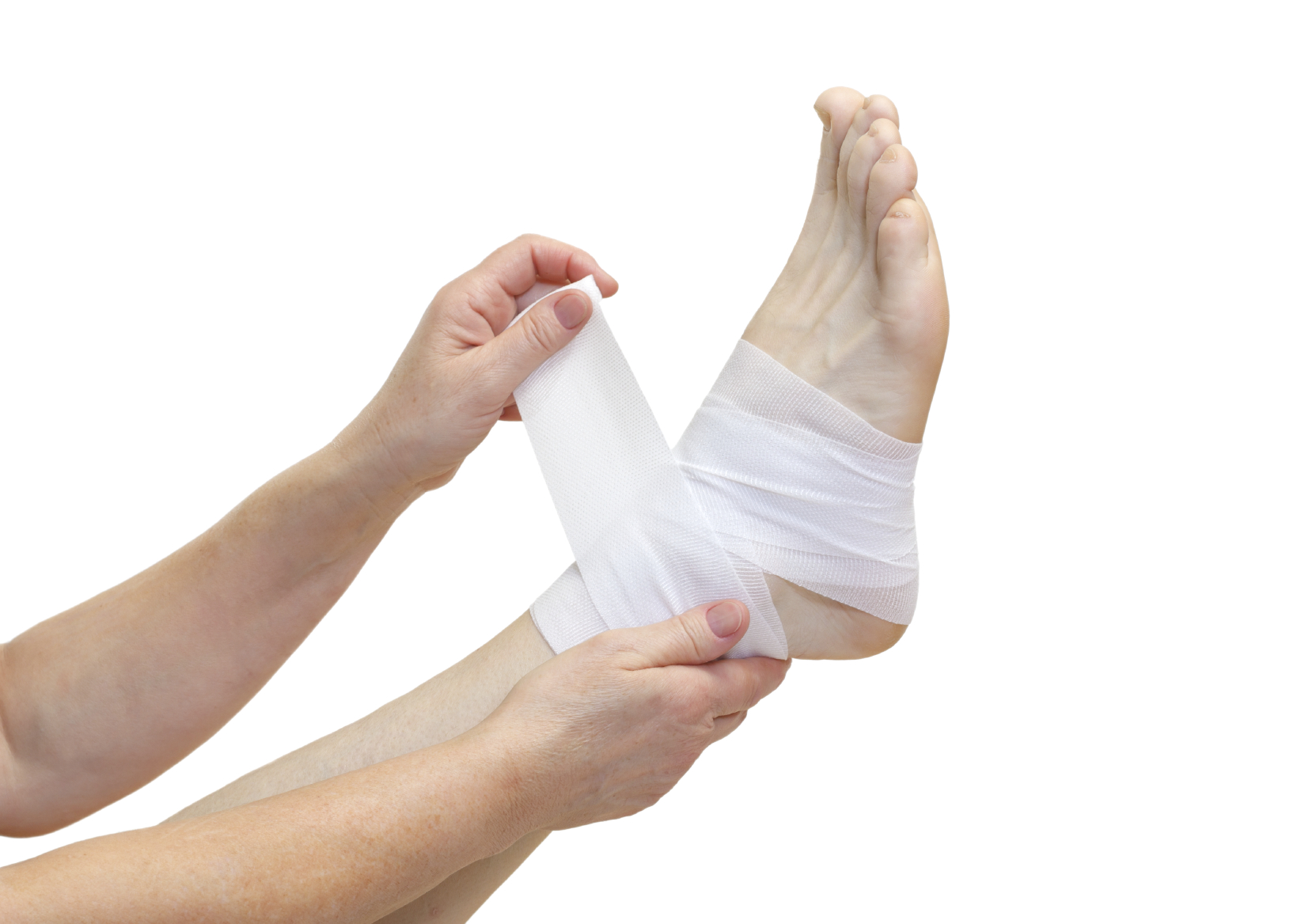Amazing Info About How To Treat Soft Tissue Injuries

If you are trying to understand soft tissue injuries, then you’re in the right place.
How to treat soft tissue injuries. Including appropriate stretching and strengthening exercises in weekly training programs. In general, the best initial treatment for a soft tissue injury is rice, which stands for rest, ice, compression, and elevation. To help stop swelling, compress the area with an elastic bandage until the swelling stops.
Treatment depends on the type of soft tissue injury. What you should not perform during the acute stage of soft tissue injury? This also ensures the condition of your other muscles is maintained, and can even reduce the.
With complete tears, the motion produced by the detached muscle is usually lost. Minimal (fibers are stretched but intact, or only a few fibers are torn) 2nd degree: Injuries often occur when people suddenly increase the duration, intensity, or frequency of their activities.
Use the rice (rest, ice, compression, elevation) principle when a soft tissue injury occurs. Use cold packs for 20 minutes at a time, several times a day. Treatment for contusions includes rest,.
What to avoid during the treatment of the acute stage of healing of soft tissue injury? The initial treatment for soft tissue injuries is based on the principles of ‘rice’ (rest, ice, compression and elevation) and ‘avoid harm’ (see below). The proper dosage of rest and movement must be used during this stage.
A contusion (bruise) is an injury to the soft tissue often produced by a blunt force, such as a kick, fall, or blow. Including appropriate speed work in training programs so muscles are capable of sustaining high acceleration forces. Gentle, controlled motions will begin to restore the normal status of the injured tissue.
More moderate injuries may require more treatment. How to treat soft tissue injury? Price regime for soft tissue injuries when treating an injury like a strain or sprain, ice compression and elevation are important, but overall, you should follow the price regime (protect rest ice compression and elevation) for immediate treatment:
Undertaking training prior to competition to ensure readiness to play. Treatment depends on the type and severity of the injury and may include pain relievers, price (protection, rest, ice, compression, and elevation), immobilization of the injured part (for example, with a cast or splint), and sometimes surgery. This not only ticks the ‘load’ box above but promotes vascularisation or blood flow to the injured area, aiding recovery.
Presley says can bring relief for many patients dealing with soft tissue injuries. Treatment of a soft tissue injury. Do not apply ice directly to the skin.
What are the symptoms of soft tissue injuries? Tips for treating soft tissue injuries contact your physical therapist immediately if you sustain a soft tissue injury. Prevention warming up, stretching and cooling down.


















